Automated Invoicing Processing: How Does It Work?
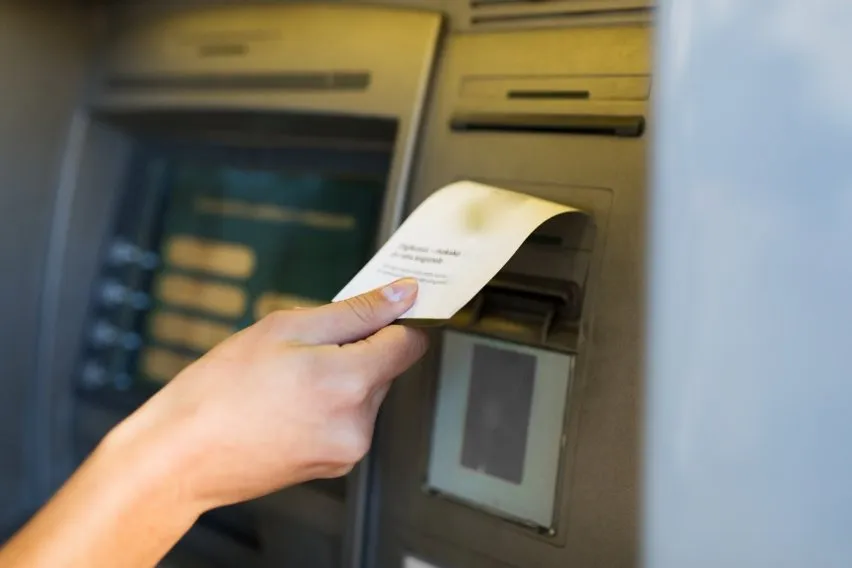
Invoicing is one of those critical business tasks that often fall victim to inefficient processes. Human involvement leads to higher error rates. These mistakes force time-consuming corrections of invoice information.
You can resolve these issues with automated invoice processing systems.
This article explains the basics of automated invoice processing. We also cover its benefits. Plus, we share the steps to follow when implementing automated invoice solutions.
Table of Contents
What Is Automated Invoice Processing?
How Does Automated Invoicing Work
Benefits of Automated Invoice Processing
Steps to Implement an Automated Invoice Processing Solution
What Is Automated Invoice Processing?
Automated invoice processing uses artificial intelligence and machine learning for invoice creation. It enables a company to limit human involvement when processing invoices.
Many companies offer automated invoice processing software. These packages generally split into two camps:
- Rules-based tools that ensure invoices follow specific processes
- Tools for capturing invoices, which often incorporate manual data entry
Ultimately, these tools allow you to process invoices faster. They also increase your company’s invoicing process accuracy. They’re especially useful for automating the sending and receipt of recurring invoices.

How Does Automated Invoicing Work?
Most types of automated invoicing software have several stages of payment processing for you to understand. The following are the six most common stages that invoice automation software use:
1. Monitoring
Many of the best automated invoice processing tools check emails for incoming invoices.
Upon finding an email that contains an invoice, the tool flags the email. It may also extract the invoice on your behalf.
2. Capture
Invoice capture refers to the process of pulling important information from an invoice. This is usually via OCR (optical character recognition). This information may include a company’s name and bank information.
Assuming the data checks out, it continues through your company’s invoice payment process. If the tool detects an error, it sends the document to a manual invoicing process instead.
3. Evaluation
Tools must compare the invoice data to your order records. Specifically, they check payment data against orders.
These checks include comparing purchase orders and looking for duplicate entries. Some softwares even ensures payments meet taxation rules.
4. Recording
Your accounting department needs a way to track every invoice your company sends. Automated software typically uses the invoice’s purchase order to create a record.
If a purchase order isn’t available, the software may add the invoice to a general ledger account. Some software packages use machine learning to match an invoice to the right account.
5. Payment
Payment is the part of the invoice process that all companies prioritize.
Automated invoice processing tracks the buyer’s payment method. It also keeps track of when an invoice arrives, allowing it to send payment reminders.
Most examples of this software mark an invoice as paid once you receive the money. As such, your accounting team doesn’t have to waste time on annoying manual processes.
Also Read: How to Set Up Automatic Payments for Your Business
Benefits of Automated Invoice Processing
Full automation of your invoice processing comes with an array of benefits.
Time Savings
Automated invoice processing software allows you to create faster turnaround times on invoices.
This speed is most obvious when you create invoices. Your accounting system does most of the work, meaning you only have to enter basic details. Some systems even handle a majority of the data entry on your behalf.
Improved Cash Flow
Manual processing of invoices can lead to delays. Your customer may not receive the invoice quickly, or they may delay when making payment.
Automated systems ensure faster delivery and payment. They can also offer several payment options to customers. Your company’s cash flow improves because you receive more on-time payments.
Fewer Lost Invoices
One of the key additional benefits of an automated invoice system is that it moves you away from the paper-based model.
Paper invoices get lost easily.
Your company may not maintain a copy of the invoice in its records. The paper version you send to a client could get lost in the mail.
Automated invoice processing software ensures all parties have access to the invoice. Many even contain a cloud based solution that allows you to view invoices using mobile devices.
Error Reduction
Human error leads to more problems than lost invoices. It can result in a client receiving incorrect details. If you’re a buyer, human errors can even lead to missed payments. These missed payments damage your relationships with your suppliers.
Building automation into your accounts payable process strengthens your accounting systems. It protects them against human errors that cause issues with invoices.
Steps to Implement an Automated Invoice Processing Solution
Introducing an automated invoicing software into your business is more complex than it seems. You have to understand your current processes. Plus, you must consider how you’ll install the software. Follow these steps to ensure a smooth transition:
Step 1 – Analysis
Analyze your current invoicing processes, so you have a clear understanding of your workflow.
For example, you need to know how a received invoice gets transported to accounts payable. How is it validated? How does your company process invoices?
Identify your current processes and any bottlenecks that exist within them.
Step 2 – Define Procedures and Policies
After analyzing existing processes, define those that need to be in place. Typically, this involves defining the manual actions that your automated invoicing replaces.
Make sure you clearly define each process. Any uncertainty may lead to bottlenecks upon implementation.
Step 3 – Select an Appropriate Software
Choosing the right software is vital when automating invoices. If you use the wrong invoice management solution, your software may not have the features you need. Or, it may have more features than required. Feature creep leads to you spending more than you should.
Consider your biggest invoicing pain points when comparing software solutions. Whichever software solves those pain points is likely your best choice.
Step 4 – Inform Your Customers and Suppliers
Notify anybody who deals with your company about your new invoicing system. Explain its benefits and what it may mean for them in the future.
This explanation means you don’t receive blowback from customers. It also prepares recipients for any changes that may occur to payment methods or how they receive invoices.

Key Takeaways
Automating your invoicing processes reduces the manual work required for invoices.
This reduction in time spent on manual tasks frees your people up to work on other projects. For example, someone who no longer has to file invoices can focus their energy on lead-generating activities.
Still, automation isn’t something you can implement into a business immediately. You need a solid understanding of your company’s invoicing workflow. This allows you to choose the right software. Speak to your team so you can identify common pain points before seeking a solution.
FAQs on Automated Invoicing
What is the best way for invoicing?
Using computer-generated invoice templates is always better than using paper invoices. When you automate invoice processing, you unlock advantages related to time, cost, and accuracy.
How do you automate invoice approvals?
Automating invoice approvals is a vital part of invoice management. You can automate approvals and improve invoice processing workflows with the following steps:
- Start with a pre-built template
- Design a workflow that demonstrates your manual invoice processing steps
- Implement your workflow into accounting software that automates invoice approvals
What is the best invoicing system for small businesses?
FreshBooks offers automated invoice generation. You can create and track invoices using the app, giving you full control over the process.
RELATED ARTICLES


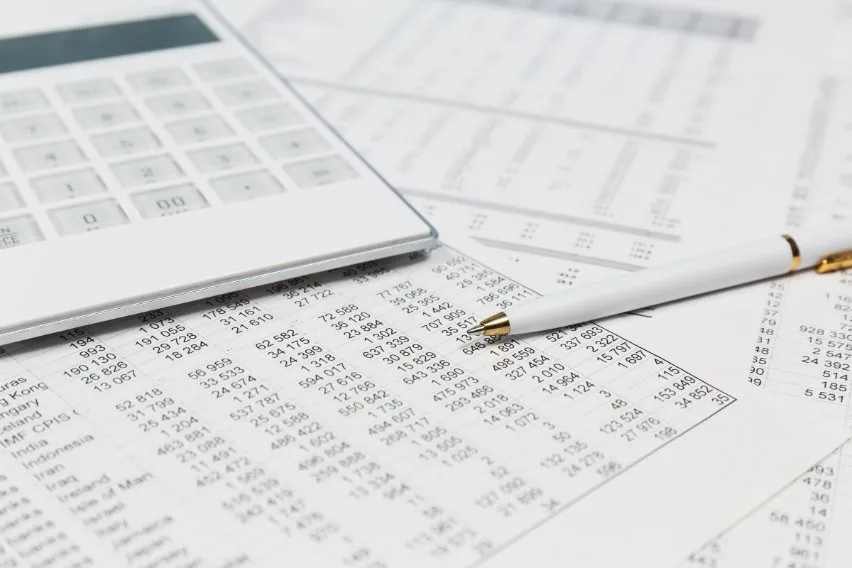 Invoice vs Statement: What’s The Difference?
Invoice vs Statement: What’s The Difference?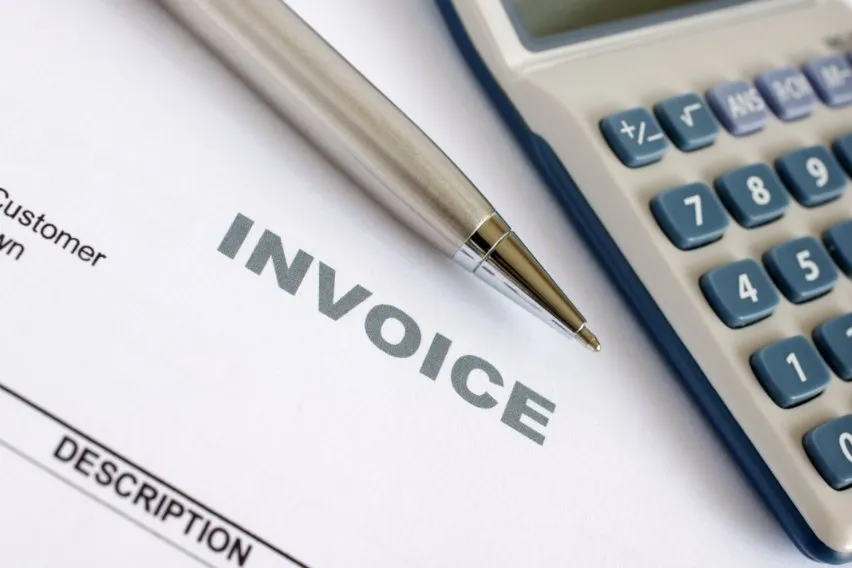 EDI Invoice: Definition and How It Works Explained
EDI Invoice: Definition and How It Works Explained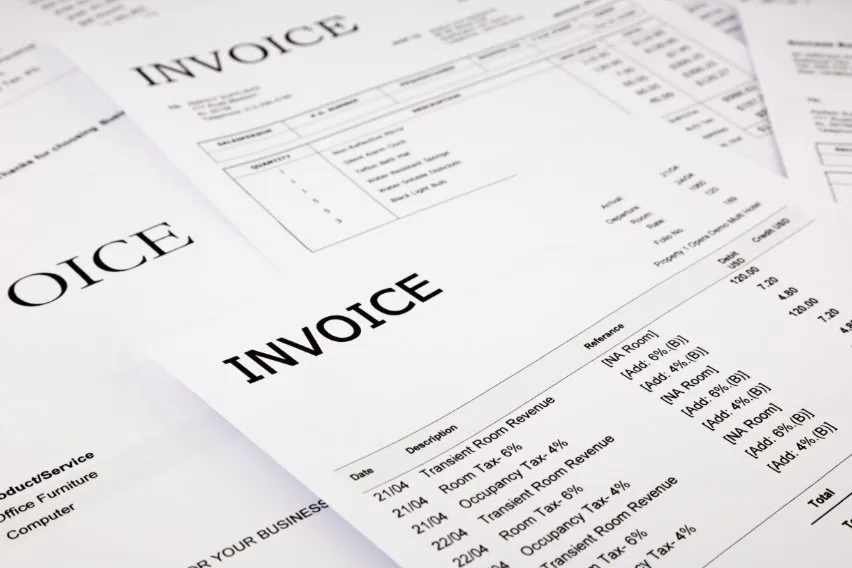 What is a Commercial Invoice? Definition & Format
What is a Commercial Invoice? Definition & Format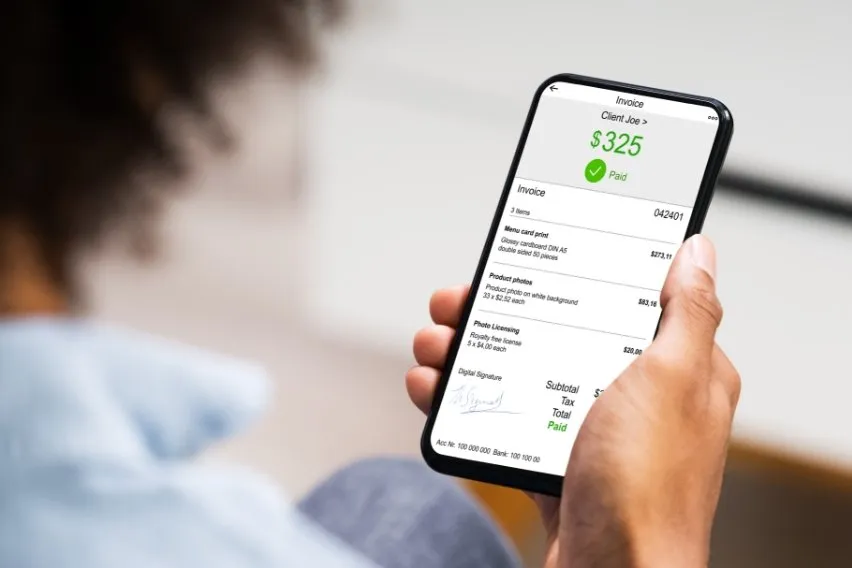 6 Best Invoice Apps For Small Businesses
6 Best Invoice Apps For Small Businesses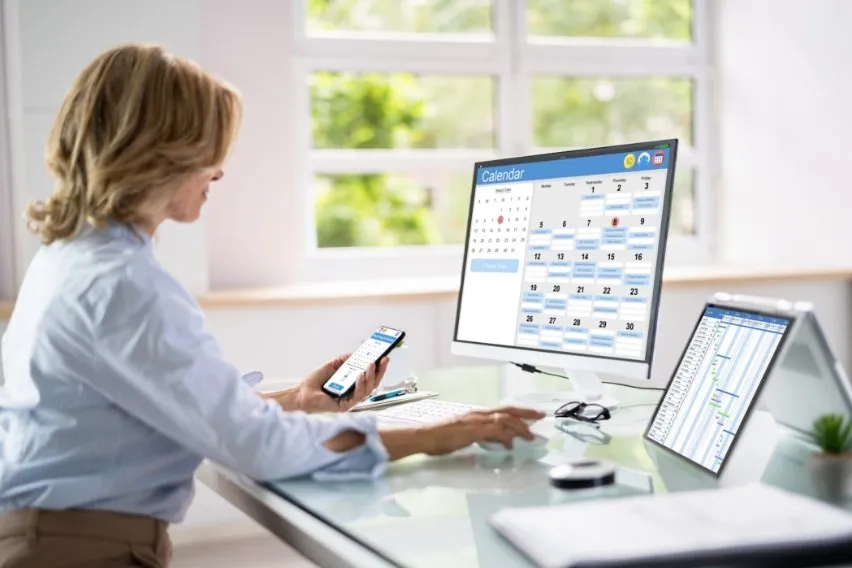 Invoice Factoring: Definition & How It Works
Invoice Factoring: Definition & How It Works How to Write a Rent Receipt?
How to Write a Rent Receipt?